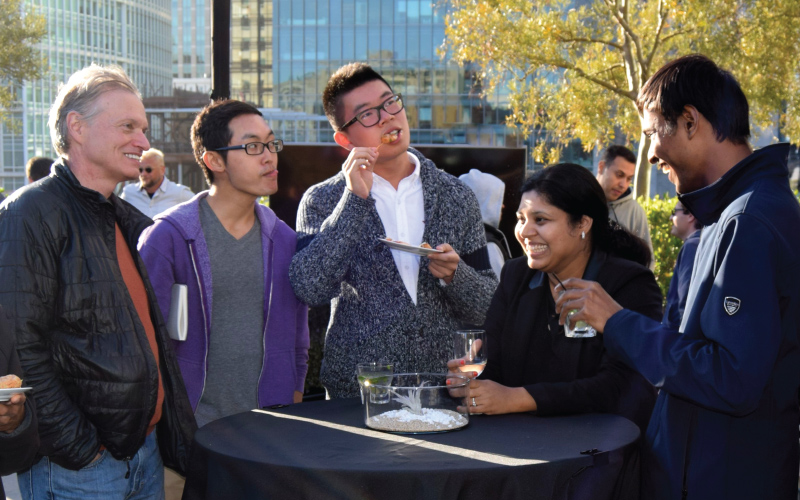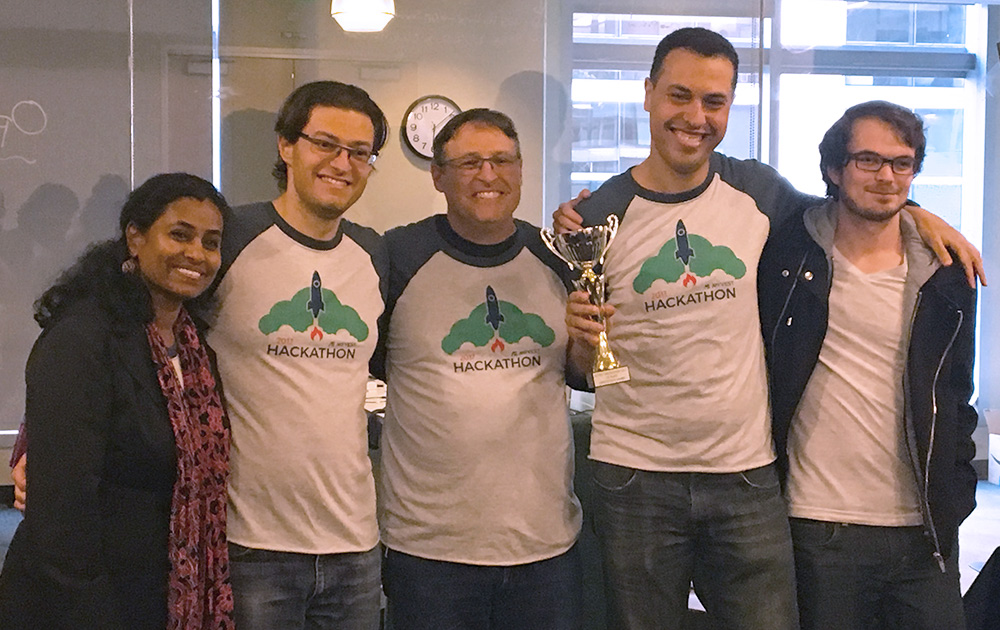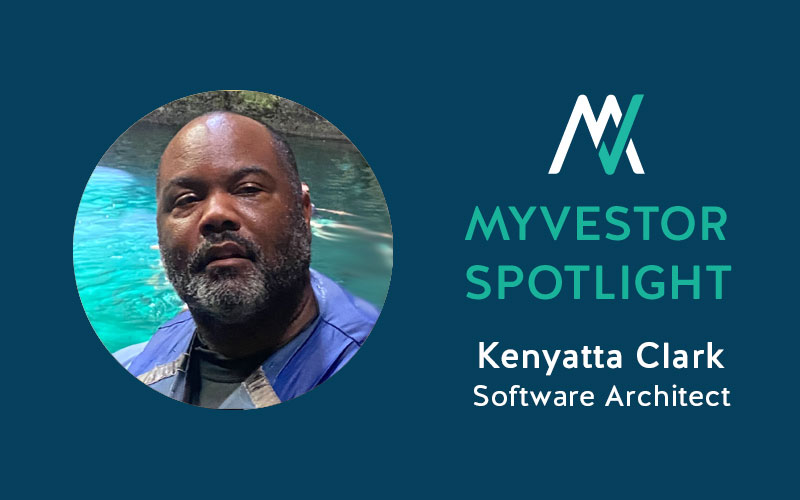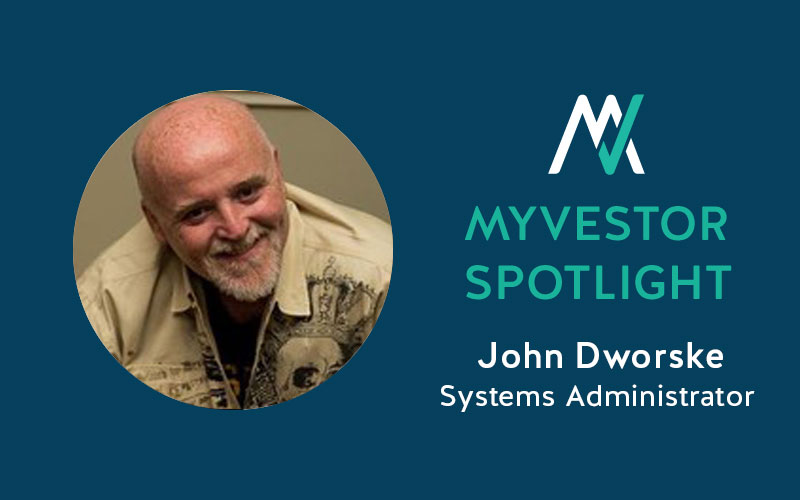By Joanne Pons, VP of Engineering
At MyVest we place a strong emphasis on team and individual development. We are constantly looking for ways to improve how we work as a team, how we build our products, and how we grow our individual skills and experience. When building a team it’s important to keep in mind that your team will only be as successful as each team member’s opportunity to develop and flourish.
Fixed vs. Growth Mindset
My blueprint for growing a team comes from Stanford professor Dr. Carol Dweck’s 2006 acclaimed book, “Mindset: The New Psychology of Success.” In it she describes how an individual’s mindset regarding whether a talent is inherited or learned affects their development and, ultimately, their ability to reach their potential.
She states that someone with a “fixed mindset” considers talent inherited, and sees failure as an indication of inherent limitation, whereas individuals with a “growth mindset” believe that talent is grown through hard work, and see failure as a way to learn and improve. A team’s culture should embrace this “growth mindset” and foster an environment focused on continued growth where failures are seen as opportunities to try something new and learn from that failure.
While we could be tempted to place individuals into one of two buckets — fixed or growth — it’s actually a misconception is that these mindsets are binary. As Dr. Dweck emphasizes:
“Everyone is actually a mixture of fixed and growth mindsets, and that mixture continually evolves with experience. A ‘pure’ growth mindset doesn’t exist, which we have to acknowledge in order to attain the benefits we seek.”
There are triggers within us that cause us to have thoughts from a fixed mindset as well as triggers that cause us to think with a growth mindset. The key is identifying those triggers and being able to manage them to create positive outcomes.
Applying These Principles to Team Development
Teams benefit from identifying triggers that can either accelerate or impede their growth, and thinking through new ways to approach problems, including:
How we communicate with each other: What statements are we making and how are we making them?
Instead of reacting to issues with negative statements that impede growth, like “that’s not how we do things here,” team members are encouraged to respond in a helpful proactive manner. For example, “our current process doesn’t account for that suggestion, let’s discuss to understand the options more clearly.”
Identifying issues and responding to them: Do we create processes to spur innovative thinking when faced with issues?
We establish team “war room” sessions with a core group of team members to detail out an issue at hand and whiteboard multiple solutions and ideas to approach the problem. Or we pair two team members on an issue so there is potential for a second point of view in an investigation.
Gathering metrics: Are metrics promoting team growth or causing frustration?
We have built infrastructure to monitor system performance and measure released improvements on a continual basis. The feedback is clear and objective, and provides the team benchmarks for improvement. Using workflow tools like JIRA allow us to track and transparently share team status, delivery, and velocity. Integration with communications tools like Slack make gathering and sharing metrics easier and more efficient. The enables team members to log their progress in one place, reducing a common frustration of opening multiple applications. (And as an added bonus Slack’s just a lot of fun and is fantastic for employee engagement.)
Fostering Team Growth Through Reflection
In the event that results don’t align with our expectations we follow the principles of reflection and learning from experience. Team and project retrospectives provide a forum for discussing how we performed, what we should continue to do, what we should stop doing, and how we can change to improve. The sessions are focused on growing from our experiences and taking action on areas holding us back from our best work. Conversations are open, blame-free, and constructive.
We don’t shy away from uncomfortable discussion topics — we aren’t afraid to address our faults and talk about where we are falling short. This approach helps to build trust within and across teams resulting in increased creativity and innovation.
Framing our discussions in this way triggers our team members to think with a growth mindset and embrace learning in all we do. Team development is critical to our company success and requires continual attention and mindfulness from each team member — something we truly value and work on each day.
Every team is different and has their own triggers, and as the makeup of a team evolves so do the triggers. Establishing a way for your teams to reflect and take action to improve is vital to building a growth mindset that will spur positive change and success.
About Joanne
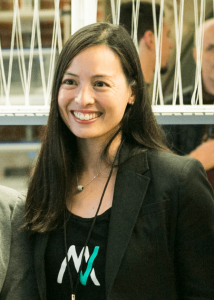 Joanne is MyVest’s VP of Engineering, and is passionate about empowering team members — to share their opinions, to take on leadership opportunities, and to raise their hand with ideas for a new approach to problem solving. This approach earned her the distinction of San Francisco’s Best Tech Manager at the 2016 TIMMY Awards.
Joanne is MyVest’s VP of Engineering, and is passionate about empowering team members — to share their opinions, to take on leadership opportunities, and to raise their hand with ideas for a new approach to problem solving. This approach earned her the distinction of San Francisco’s Best Tech Manager at the 2016 TIMMY Awards.
In her free time, Joanne is an advocate for providing opportunities for girls and women to study and advance toward a career in STEM. Recently, she served as a STEM Panelist for Women’s Forum: Empowerment and Equality at the UC Davis School of Law. Joanne sits on the board of CodeEd, a non-profit that teaches computer science to girls in underserved communities, starting in middle school.
The views and opinions expressed herein are those of the author and do not necessarily reflect the views of MyVest, its affiliates, or its employees.

